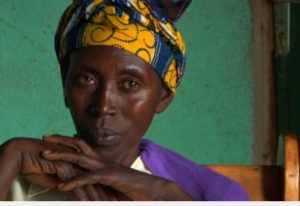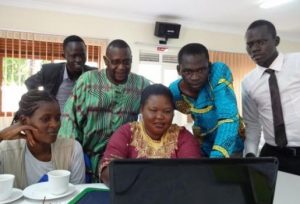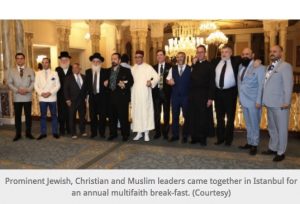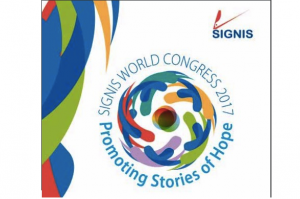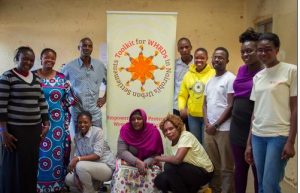.. DEMOCRATIC PARTICIPATION ..
An article from World Beyond War
New Haven, CT, Charlottesville, VA, Montgomery County, MD, Evanston, IL (see page 14 of linked document), New London, NH, and Ithaca, NY, have passed resolutions opposing the Trump budget’s moving of money from everything else to the military, urging that money be moved in the opposite direction.
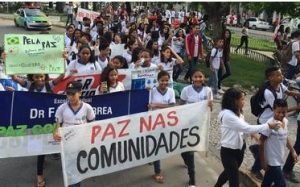
(Click on image to enlarge)
Those passed by Ithaca and New Haven will be voted on by the U.S. Conference of Mayors. Ask your mayor to contact the U.S. Conference of Mayors now to endorse resolutions #59 and #60.
Your town or city or county can also go ahead and pass its own. For more tips and sample materials from Ithaca, NY, click here.
You can also watch/listen to this webinar done with Code Pink and U.S. Peace Council.
Steps you can take:
Contact mary@worldbeyondwar.org to ask for help
Form a coalition of local groups concerned about the cuts, the military increase, or both
Find out how to speak publicly at local government meetings and how to submit a proposal or get one on the agenda for a vote; or ask council members/ aldermen / supervisors to sponsor it.
Collect organizations’ or prominent people’s or lots of people’s names on a petition
Hold rallies, press conferences
Write op-eds, letters, go on radio, tv
Use http://costofwar.com to calculate local trade-offs
(continued in right column)
How can culture of peace be developed at the municipal level?>
(continued from left column)
Make use of this petition signed by many prominent people and over 20,000 people total
Revise the draft below:
Resolution Proposed for __________, ___
Whereas President Trump has proposed to move $54 billion from human and environmental spending at home and abroad to military spending[i], bringing military spending to well over 60% of federal discretionary spending[ii],
Whereas polling has found the U.S. public to favor a $41 billion reduction in military spending, a $94 billion gap away from President Trump’s proposal,
Whereas part of helping alleviate the refugee crisis should be ending, not escalating, wars that create refugees[iii],
Whereas President Trump himself admits that the enormous military spending of the past 16 years has been disastrous and made us less safe, not safer[iv],
Whereas fractions of the proposed military budget could provide free, top-quality education from pre-school through college[v], end hunger and starvation on earth[vi], convert the U.S. to clean energy[vii], provide clean drinking water everywhere it’s needed on the planet[viii], build fast trains between all major U.S. cities[ix], and double non-military U.S. foreign aid rather than cutting it[x],
Whereas even 121 retired U.S. generals have written a letter opposing cutting foreign aid[xi],
Whereas a December 2014 Gallup poll of 65 nations found that the United States was far and away the country considered the largest threat to peace in the world[xii],
Whereas a United States responsible for providing clean drinking water, schools, medicine, and solar panels to others would be more secure and face far less hostility around the world,
Whereas our environmental and human needs are desperate and urgent,
Whereas the military is itself the greatest consumer of petroleum we have[xiii],
Whereas economists at the University of Massachusetts at Amherst have documented that military spending is an economic drain rather than a jobs program[xiv],
Be it therefore resolved that the ____________ of ___________, ________, urges the United States Congress to move our tax dollars in exactly the opposite direction proposed by the President, from militarism to human and environmental needs.
[i] “Trump to Seek $54 Billion Increase in Military Spending,” The New York Times, February 27, 2017, https://www.nytimes.com/2017/02/27/us/politics/trump-budget-military.html?_r=0
[ii] This does not include another 6% for the discretionary portion of veterans’ care. For a breakdown of discretionary spending in the 2015 budget from the National Priorities Project, see https://www.nationalpriorities.org/campaigns/military-spending-united-states
[iii] “43 Million People Kicked Out of Their Homes,” World Beyond War, http://worldbeyondwar.org/43-million-people-kicked-homes / “Europe’s Refugee Crisis Was Made in America,” The Nation, https://www.thenation.com/article/europes-refugee-crisis-was-made-in-america
[iv] On February 27, 2017, Trump said, “Almost 17 years of fighting in the Middle East . . . $6 trillion we’ve spent in the Middle East . . . and we’re nowhere, actually if you think about it we’re less than nowhere, the Middle East is far worse than it was 16, 17 years ago, there’s not even a contest . . . we have a hornet’s nest . . . .” http://www.realclearpolitics.com/video/2017/02/27/trump_we_spent_6_trillion_in_middle_east_and_we_are_less_than_nowhere_far_worse_than_16_years_ago.html
[v] “Free College: We Can Afford It,” The Washington Post, May 1, 2012, https://www.washingtonpost.com/opinions/free-college-we-can-afford-it/2012/05/01/gIQAeFeltT_story.html?utm_term=.9cc6fea3d693
[vi] “The World Only Needs 30 Billion Dollars a Year to Eradicate the Scourge of Hunger,” Food and Agriculture Organization of the United Nations, http://www.fao.org/newsroom/en/news/2008/1000853/index.html
[vii] “Clean Energy Transition Is A $25 Trillion Free Lunch,” Clean Technica, https://cleantechnica.com/2015/11/03/clean-energy-transition-is-a-25-trillion-free-lunch / See also: http://www.solutionaryrail.org
[viii] “Clean Water for a Healthy World,” UN Environment Program, http://www.unwater.org/wwd10/downloads/WWD2010_LOWRES_BROCHURE_EN.pdf
[ix] “Cost of High Speed Rail in China One Third Lower than in Other Countries,” The World Bank, http://www.worldbank.org/en/news/press-release/2014/07/10/cost-of-high-speed-rail-in-china-one-third-lower-than-in-other-countries
[x] Non-military U.S. foreign aid is approximately $25 billion, meaning that President Trump would need to cut it by over 200% to find the $54 billion he proposes to add to military spending
[xi] Letter to Congressional leaders, February 27, 2017, http://www.usglc.org/downloads/2017/02/FY18_International_Affairs_Budget_House_Senate.pdf
[xii] See http://www.wingia.com/en/services/about_the_end_of_year_survey/global_results/7/33
[xiii] “Fight Climate Change, Not Wars,” Naomi Klein, http://www.naomiklein.org/articles/2009/12/fight-climate-change-not-wars
[xiv] “The U.S. Employment Effects of Military and Domestic Spending Priorities: 2011 Update,” Political Economy Research Institute, https://www.peri.umass.edu/publication/item/449-the-u-s-employment-effects-of-military-and-domestic-spending-priorities-2011-update

